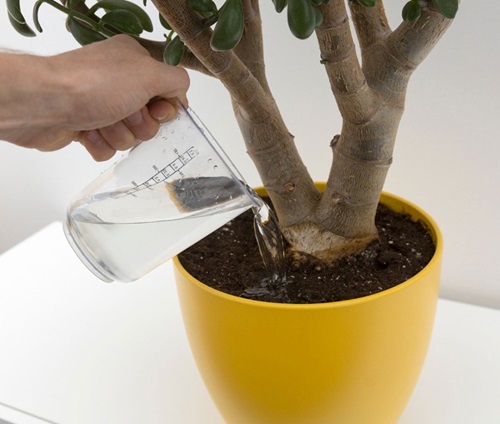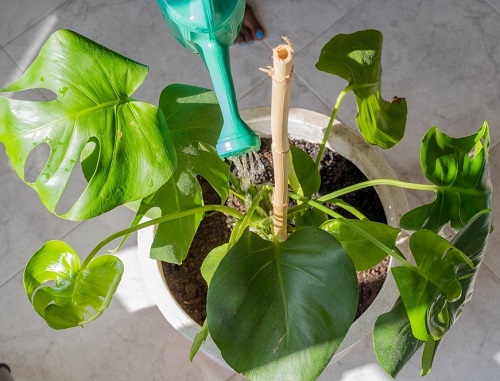Watching your houseplants die but can’t figure out why? Here are Signs Your Indoor Plants Need Leaching Now, and we show you How to Do It!
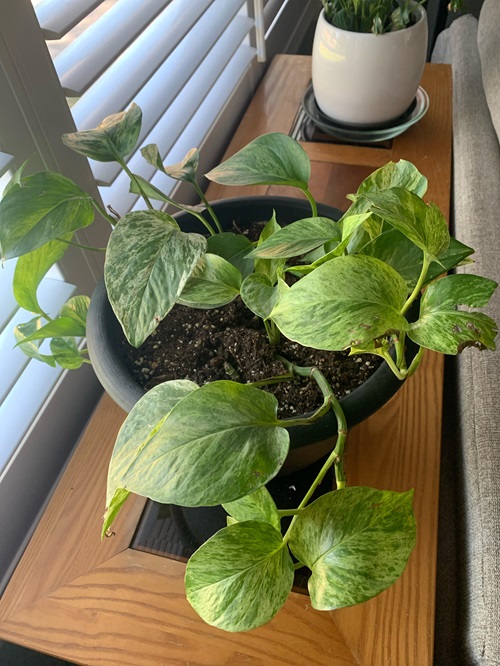
Are your houseplants looking dull, brown, wilted, or even dying while you’ve done everything by the book? Perhaps it’s time to leach your plants—we show you what it is, when to do it, why, and how it should be done!
What is Leaching in Plants?
Leaching is a process in which excess plant elements, salts, and minerals are washed away from the soil by rainwater or irrigation. In nature, it happens due to rainfall, but indoors, you will have to do it manually.
When you use hard water or water with high amounts of soluble salts such as sodium, calcium, magnesium, etc, it could lead to a build-up of minerals in the soil. Excess and improper use of fertilizers also leads to the same.
As water evaporates, salts stay behind, get absorbed by roots, and eventually move up and concentrate in the foliage and are utilized. But when it becomes a little too much and the problem persists, your plant finds it more challenging to absorb water and nutrients and will likely to wilt and die—and that brings us to leaching—a procedure that saves your plant’s life from salt buildup.
Signs Your Indoor Plants Need Leaching
1. Visible Salt Build Up
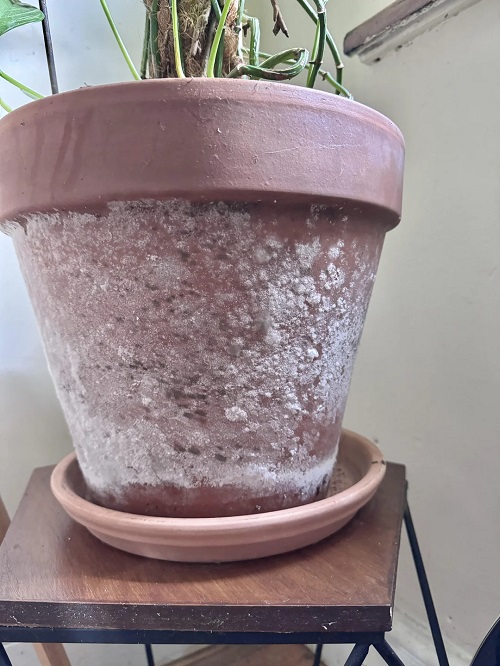
This is a distinctly noticeable sign that your indoor plant needs leaching. When the salt concentration exceeds the required limit, the salt crystallizes and forms spots on the edges of the pot and on the soil’s surface.
In extreme cases, the residue can also be seen on the lower parts of the stems. If you use terracotta pots or any other porous container, the salts can also form a crusty layer on the outside.
2. Burnt Leaf Tips

When a plant is exposed to high salt levels, it collects in the soil and clogs the plant’s vascular system, and consolidates at its leaf tips, causing it to burn and display signs of underwatering.
Basically, the high salt levels in soil create an osmotic stress on plants, meaning that the concentration of salt outside the plant roots is higher than inside, making it difficult for the plant to absorb water. As a result, the leaves turn brown!
If this continues, the remaining plant will also become woody and brown and eventually die.
3. Stunted Growth and Reduced Flowering
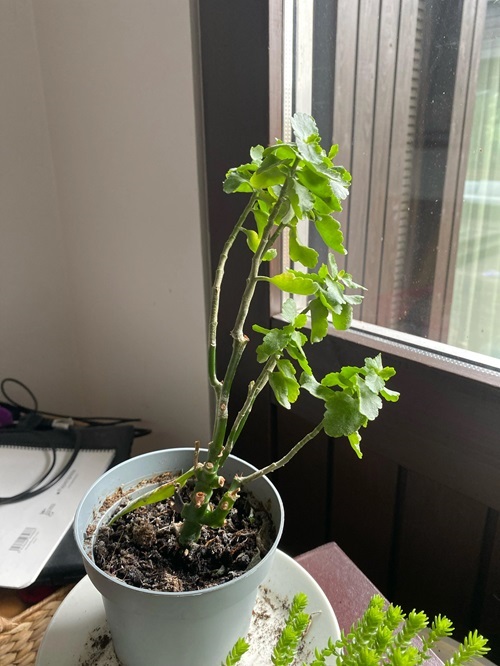
The blockage of the plant vessels will also impact the absorption and utilization of nutrients for fruiting and flowering. It will reduce the plant’s growth rate, making it look stunted, dwarfed, or unresponsive.
If your plant gradually reduces its flower quantity or quality, you should test the soil for salt build-up.
4. Hard and Tight Soil
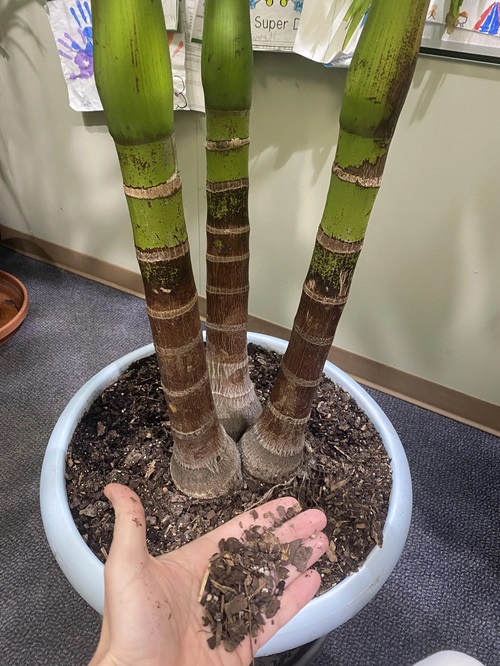
Salts, when crystalized, form solid deposits that can harden and compact the soil, restricting root growth, reducing drainage, and disrupting soil chemistry. If you find white, crusty deposits form a layer on the soil, it’s a sure-shot sign to leach.
Other signs include waterlogging and difficulty digging up the soil. All these reduce pore space and aeration, hampering the plant’s ability to absorb nutrition and water and cutting room for root development, eventually killing the plant.
How to Leach Houseplants
Now that you know when your indoor plants need leaching, you should know how to do it correctly.
The first step is to scoop out the salt sediments visible to the naked eye. Use a gardening shovel to remove the salt build-up on the soil’s surface.
Next, you need a gardening hose or a tap. Run water down the plant’s pot to cleanse the soil. Make sure the pot has drainage holes so the water can dissolve and wash away all the salts, and they will come out of the holes with it.
Stagnant water in the pot can lead to root rot, so allow complete water seepage from the drainage holes. Use at least 4-5 times the amount of water as the pot’s volume. For example, a 2-gallon pot should be leached with 8-10 gallons of water.
Note: When you notice these, leach 2-3 times a month and wait for the soil to dry out well before doing it again. Preferably, use tepid water to prevent shocking the plant roots with a sudden drop in temperature.
That’s it! Once you have leached your plant, you must care for it. Avoid fertilizing for some time, and remember to hydrate with distilled or filtered water, and that too, only when the top layer of the potting mix feels dry to the touch.


